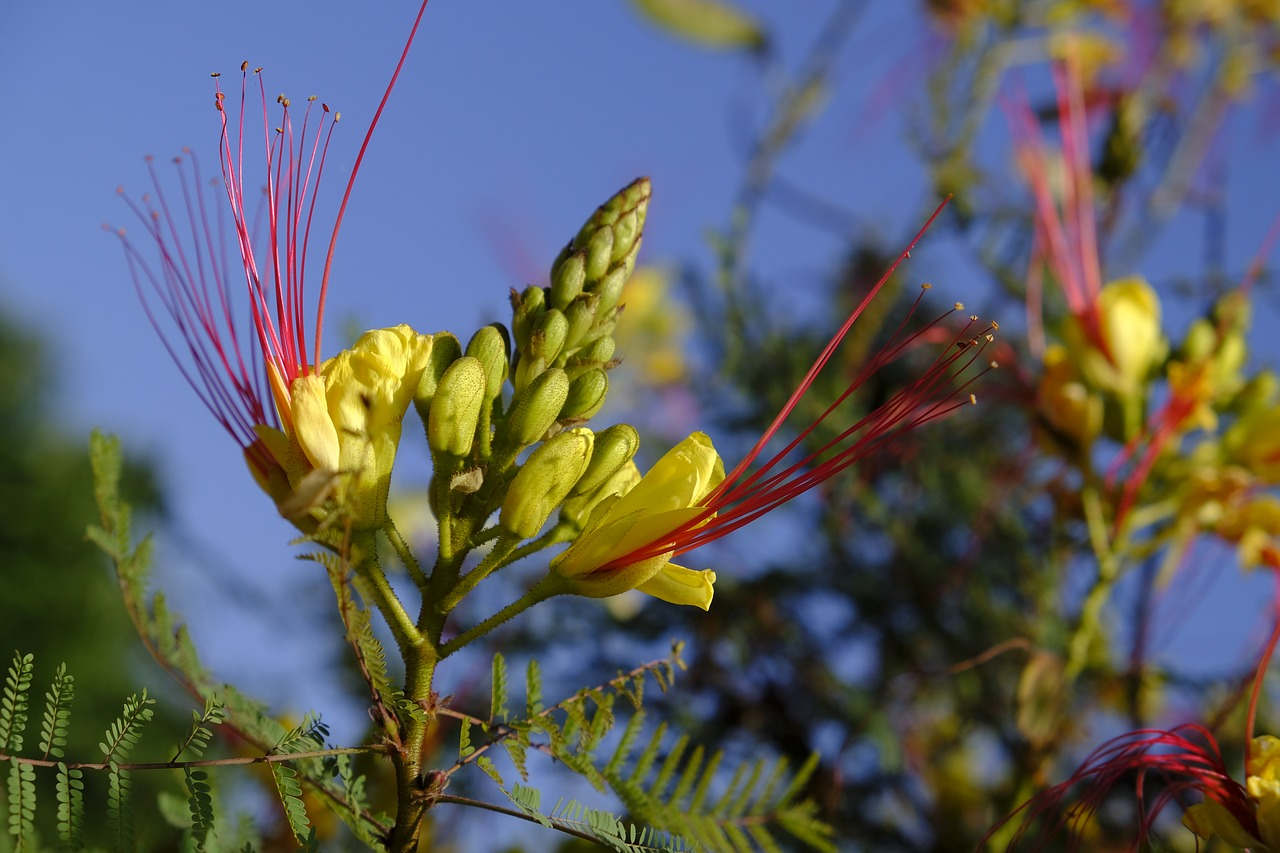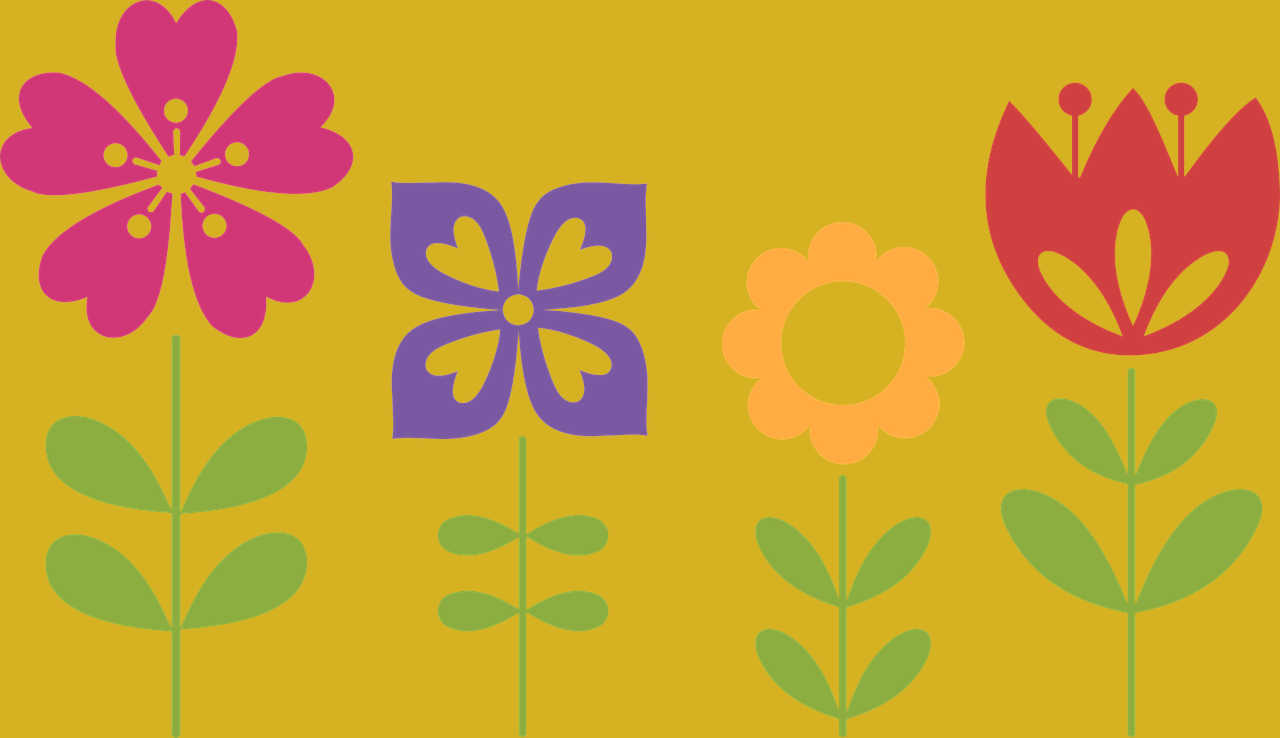yes, bird of paradise can be toxic to dogs.
Scientific Name: Erythrostemon gilliesii
Additional Common Names: bird of paradise bush, desert bird of paradise, yellow bird of paradise, and barba de chivo.
Toxic Principle: The toxic principle of this plant is Uncertain, possibly hydrocyanic acid.
Poisoning Symptoms: The onset is sudden. Prostration followed by death. Other symptoms are drowsiness, lachrymation, twitching muscles, staggering, and inability to stand.
Additional Info
Lathyrus japonicus is a legume native to temperate coastal areas of Asia, Europe, North and South America.
It is a herbaceous perennial plant growing trailing stems to 50-80 cm long, typically on sand and gravel storm beaches. The leaves are waxy glaucous green, 5-10 cm long, pinnate, with 2-5 pairs of leaflets, the terminal leaflet usually replaced by a twining tendril. The flowers are 14-22 mm broad, with a dark purple standard petal and paler purple wing and keel petals; they are produced in racemes of 2-7 together.
The unusually extensive native range is explained by the ability of the seeds to remain viable while floating in seawater for up to 5 years, enabling the seeds to drift nearly worldwide. Germination occurs when the hard outer seed coat is abraded by waves on sand and gravel.
Strelitzia reginae is a monocotyledonous flowering plant indigenous to South Africa. Common names include Strelitzia, Crane Flower or Bird of Paradise, though these names are also collectively applied to other species in the genus Strelitzia. Its scientific name commemorates Charlotte of Mecklenburg-Strelitz, queen consort of King George III.
The plant grows to 2 m (6.6 ft) tall, with large, strong leaves 25–70 cm (9.8–28 in) long and 10–30 cm (3.9–12 in) broad, produced on petioles up to 1 m (39 in) long. The leaves are evergreen and arranged in two ranks, making a fan-shaped crown. The flowers stand above the foliage at the tips of long stalks. The hard, beak-like sheath from which the flower emerges is termed the spathe. This is placed perpendicular to the stem, which gives it the appearance of a bird’s head and beak; it makes a durable perch for holding the sunbirds which pollinate the flowers. The flowers, which emerge one at a time from the spathe, consist of three brilliant orange sepals and three purplish-blue petals. Two of the blue petals are joined together to form an arrow-like nectary. When the sunbirds sit to drink the nectar, the petals open to cover their feet in pollen.


